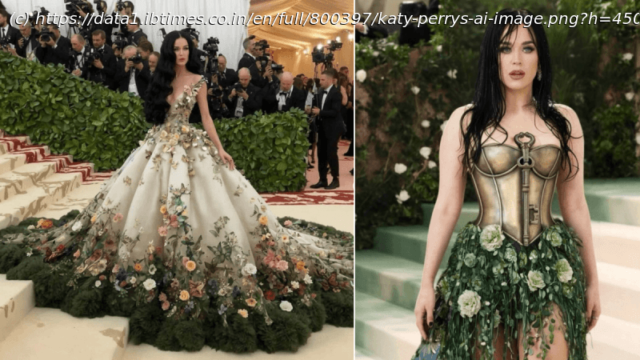An AI-generated image of Katy Perry at the Met Gala fooled fans and even her mom, highlighting the need for discussions on the ethical and legal ramifications of AI images. Where do we go from here?
In May this year, unsuspecting images of Katy Perry supposedly taken at the Met Gala went viral, with some fans stating that Perry «stole» the show at the event’s red carpet. The problem is that it wasn’t Perry but an AI-generated image of her. It managed to fool many unsuspecting fans and even Katy Perry’s mom.
While this is all for laughs and giggles, serious discussion is essential among the populace about creating an AI version of yourself visually online. With over 15 billion AI-generated images as of August 2023, people must fully understand this new technology trend.
For this, we turn to insights and advice from ExpressVPN, highlighting the various trends that helped shape the rise of AI images. Understanding the ramifications of AI twins—both ethically and legally—and what we can do about them is crucial. With AI art not going away soon, knowing how this will impact your digital journey and how you can protect yourself from being replicated online without your consent is not just essential, but empowering.
AI Image: Booming Popularity
Before we discuss the ramifications of AI art in our daily lives, we need to first discuss where it all began and what specific platforms promote AI image generation hugely. For that, we must start discussing Generative Adversarial Networks (GANs), first introduced in the mid-2010s.
To understand this technology concept, GANs are usually two neural networks pitted against one another. One network creates new images, while the other assesses their realisticity. This technology soon went beyond the realm of art, improving computer vision systems and offering lifelike models for AI education.
Fast-forward to today, and we now have a variety of platforms that promote generative AI images, including DALL-E, Midjourney, Adobe Firefly, and DreamStudio, among others.






